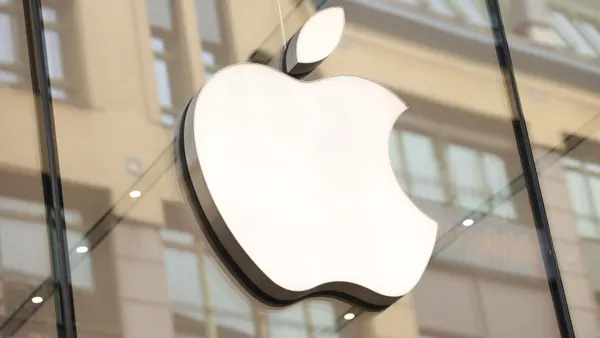Consumers will spend more on the entire traditional Thanksgiving feast this year, with turkey costing about 23% more compared to 2021, according to a new report by Wells Fargo citing U.S. Bureau of Labor Statistics and USDA data.
While supply chain pressures remain, the main elements driving up the cost of Thanksgiving foods this year are disease and weather, Brad Rubin, a sector manager for specialty crops told Food Dive.
This year’s avian influenza outbreak continues to tighten the supply of turkeys, which means less will be available than a typical Thanksgiving. Roughly 2.5% of the annual turkey population was lost in this year’s outbreak, according to a CoBank report in September. Rubin said this year’s bird flu was more severe than in the past.
“The virus doesn’t usually flourish in warm temperatures, but this season was different,” Rubin said.
Weather woes impacted various Thanksgiving crops’ growth patterns, the banking giant said. In the Northwest, this year’s cool spring, followed by rapid heat, stunted the growth of several fruits and vegetables, including potatoes, onions and cranberries. The size and quality of this year’s cranberries in the Northwest may not meet standards, the analysts said. This year’s drought in California also tightened the supply of celery, carrots and onions grown in the state.
Consumers may decide to trade down to less expensive alternatives for their Thanksgiving meal based on the high prices. And because potatoes may be more expensive because of poor growing weather, Wells Fargo suggests swapping them with sweet potatoes, which are having a surplus year. Other cost-saving measures include buying a turkey breast as opposed to the whole bird, or getting another protein altogether, like chicken.
“Any type of processed food is going to be an item that you can trade down to, so if you want to make canned cranberry sauce instead of fresh cranberry sauce, that's going to be a cheaper alternative,” Rubin said.
















